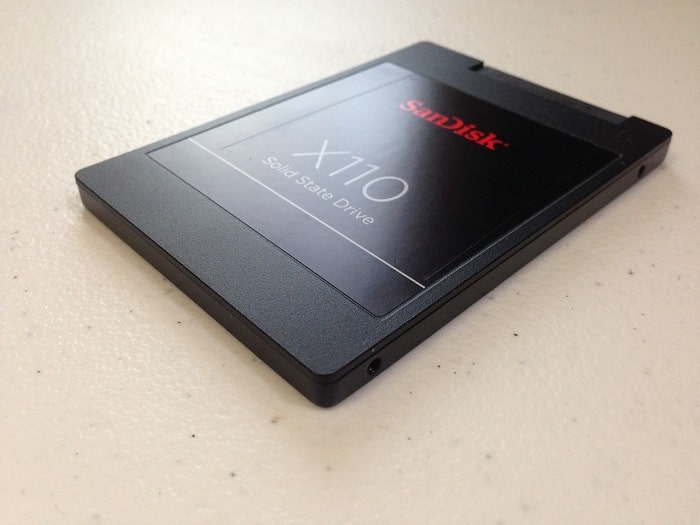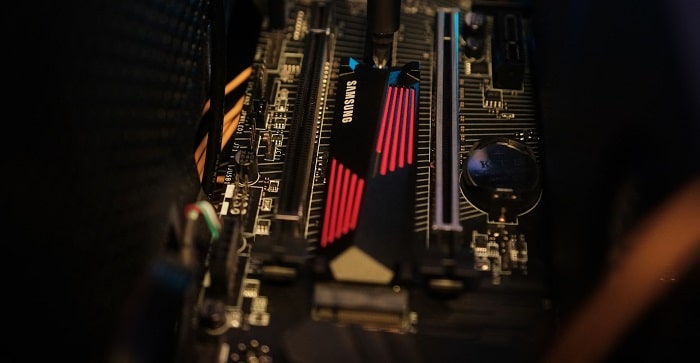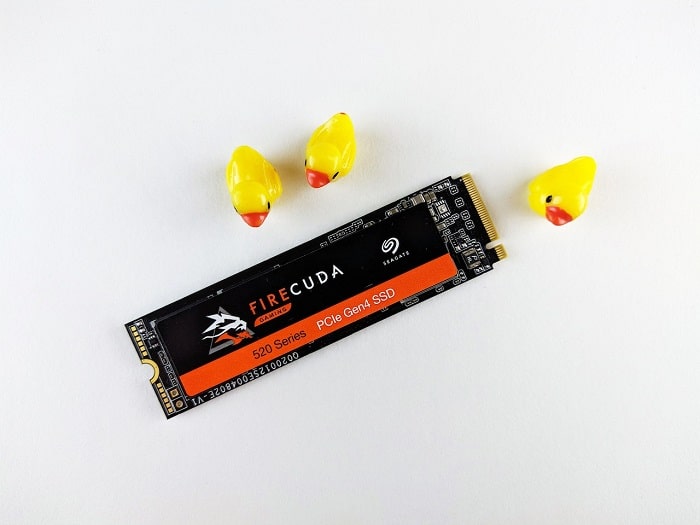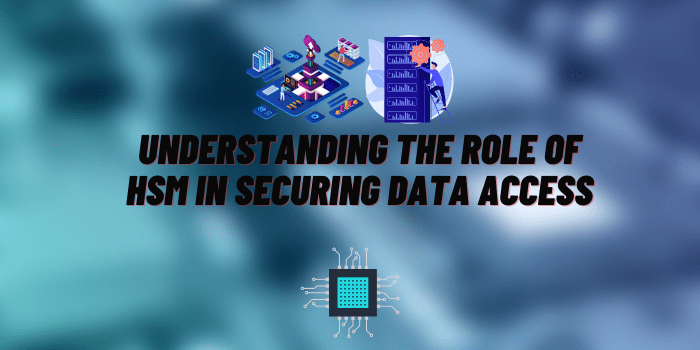Does SSD Need Power?
A lot has changed in the world of does SSD need power over the past few years. With new advancements in technology, it can be hard to keep up with what’s what. That’s why we’re here to answer all your questions and set the record straight! In this article, we’ll cover everything you need to know about does SSD need power, from what it is to how it works.
- Does SSD Need Power? The Answer, Backed by Science
- SSDs: Power Consumption and Various Form Factors
- SSD SATA 2.5″
- SSD SATA M.2
- SSD PCIe NVMe M.2
- The Different Factors that Contribute to SSD Power Consumption
- Number of Channels
- Type of SSD’s Controller
- SSD’s NAND Flash Memory
- Volumes of Writing and Reading Data on the SSD
- How Much Energy Does an SSD Use?
Does SSD Need Power? The Answer, Backed by Science

It’s true that SSDs need power in order to function. However, the amount they require is small compared with hard drives and you can get away without providing them any extra power!
SSDs are a type of data storage device that uses flash memory to store information. In order for an SSD (solid-state drive) to write something onto its surface, it must be powered on and connected with electricity from the PC/laptop connector or computer’s USB port. This is because writing changes states between transistors which require electric current as well as voltage level shift before they can do their job!
When you power it off, the information is saved onto two important components-capacitors and transistors-which continue their work even after we turned our lights out! To learn how these little magic squares, make sure they never lose any precious bits when there’s no more electricity running through them.
SSDs: Power Consumption and Various Form Factors
When it comes to does SSD need power, there are a few things you should know. First, SSDs consume less power than traditional hard drives.
Second, there are different form factors for SSDs, including:
- SATA 2.5″ SSD;
- SATA M.2 SSD;
- PCIe NVMe M.2 SSD.
Finally, be sure to consider your needs when choosing an SSD. For example, if you need a lot of storage space, you may want to consider an SSD with a larger capacity.
SSD SATA 2.5″

The vast majority of SSDs on the market today use a SATA connection to connect with your motherboard, and there’s an additional power connector that comes from somewhere else for them to all work properly.
SSD SATA M.2

SATA M.2 SSDs are a type of solid-state drive that uses the SATA M.2 interface and they’re great for small form factor devices like ultrabooks or tablets because it doesn’t require an additional power connector on your computer’s motherboard.
SSD PCIe NVMe M.2

The newest type of SSD on the market is PCIe NVMe M.2, which offers speeds that are up to 3x faster than traditional SATA III hard drives and even USB-connected ones! This one also connects directly to your motherboard without needing another power connector. It’s completely self-sufficient for quick transfers at any time convenient throughout the day or night thanks in part to its energy-saving capabilities as well.
The Different Factors that Contribute to SSD Power Consumption
The next question is: how much power do they really consume? The answer to this depends on several factors. One thing that can affect the amount of electricity used by an SSD is its processing speeds, access times, and file sizes as well as what type or brand you choose for your system!
Number of Channels
An SSD will consume more power the more channels it has. This is because each channel allows for faster data transfer between the SSD and the computer. What’s the deal with 3rd and 4th generations of solid-state drives (SSD)? As you might have guessed by now, these numbers represent how many channels are inside an SSD’s controller. More channel means higher power consumption but also increased data transfer rates!
Type of SSD’s Controller
There are many different factors to consider when buying an SSD, including power consumption and performance. More complex controllers require more calculations which means they need higher-quality components in order for everything to run smoothly on your computer or mobile device. But with that comes better efficiency ratings so you’re not sacrificing one over the other!
SSD’s NAND Flash Memory
Power consumption can vary greatly depending on the type of NAND flash memory used in an SSD. MLC (multi-level cell) has higher write requirements but is cheaper and denser. So, it’s often found at the consumer level, SLC doesn’t need as much power to store data because there are fewer levels involved with triple-layer cells compared to dual ones. This means lower electric charges are needed overall which makes them perfect for Enterprise grade drives!
Volumes of Writing and Reading Data on the SSD
Data written to an SSD affects its power consumption. If the drive has a high volume of activity during peaks, it will use more energy than when there’s little traffic and less data being stored on-site. However, two specific types can have different effects depending on how they are used: idle time versus peak times.
- An idle period means that no storage operations happen at this point – essentially waiting for something important like new mail to arrive while also refreshing some stale information such as file system counters (which we’ll cover later).
- Peak Performance occurs whenever most users want theirs.
How Much Energy Does an SSD/HDD Use?
Take the power consumption of your storage device into account when looking at different brands. For example, some mSATA and SATA drives might only use around 3-4 watts while an NVMe PCIe SSD could be as high 8.5W!
Final Words
When it comes to does SSD need power, it’s important to consider all of the different factors that come into play. Depending on what type of SSD you choose, how many channels it has, and the NAND flash memory used, your power consumption could vary greatly! Make sure to take all of these things into account when shopping for a new drive and find one that fits your needs in both performance and energy efficiency.






